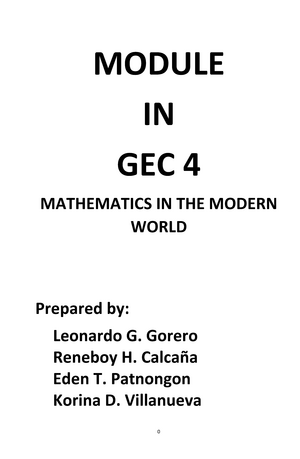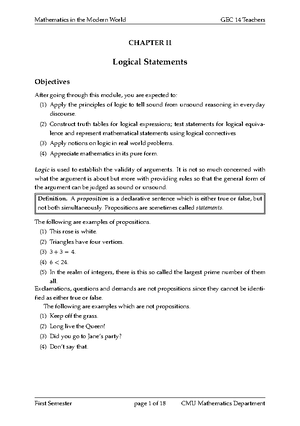- Information
- AI Chat
This is a Premium Document. Some documents on Studocu are Premium. Upgrade to Premium to unlock it.
Was this document helpful?
This is a Premium Document. Some documents on Studocu are Premium. Upgrade to Premium to unlock it.
Escape-from-Taxation
Course: BS accountancy
999+ Documents
Students shared 13149 documents in this course
University: University of Cebu
Was this document helpful?
This is a preview
Do you want full access? Go Premium and unlock all 3 pages
Access to all documents
Get Unlimited Downloads
Improve your grades
Already Premium?

ESCAPE FROM TAXATION
1. Shifting
2. Capitalization
3. Transformation
4. Avoidance – or Tax Planning.
5. Evasion
6. Exemption
SHIFTING – the transfer of the burden of a tax by the original payer or the one whom the tax
was assessed or imposed to another or someone else.
It should be borne in mind that what is transferred is not the payment of the tax but the
burden of the tax.
Taxes that can be shifted
Only indirect taxes may be shifted; direct taxes cannot be shifted.
Ways of shifting the tax burden
1. Forward shifting
When the burden of the tax is transferred from a factor of production through
factors of distribution until it finally settles on the ultimate purchaser or consumer.
Example: Manufacturer or producer may shift tax assessed to wholesaler, who in turn shifts
it to the retailer, who also shifts it to the final purchaser or consumer.
2. Backward shifting
When the burden of the tax is transferred from the consumer or purchaser through
the factors of distribution to the factor of production.
Example: Consumer or purchaser may shift tax imposed on him to retailer by purchasing
only after the price is reduced, and from the latter to the wholesaler, and finally to the
manufacturer or producer. The burden is shifted backward to the one who is selling. From
the point of sale, it is the seller who shoulders the burden. The tax in fact is shouldered by
the seller, not anymore the buyer.
3. Onward shifting
Onward shifting is a series of shifts. The series of shifts will be either two or more
forward shifting or two or more backward shifting or a combination of forward or backward
shifting.
Thus, a transfer from the seller to the purchaser involves one shift; from the producer to the
wholesaler, then to retailer, we have two shifts; and if the tax is transferred again to the
purchaser by the retailer, we have three shifts in all.
Why is this page out of focus?
This is a Premium document. Become Premium to read the whole document.




